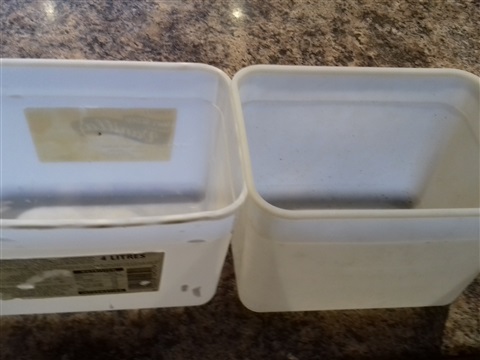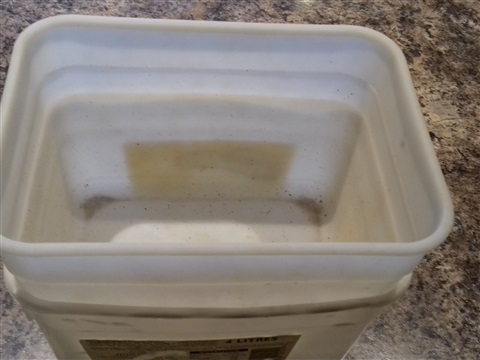Kids composting: 4. Indoor Wormery
Make an Indoor Wormery
Making an indoor wormery makes a good introduction to worm composting and the role of composting worms in the garden.
Materials Needed
2 or 3 plastic 4 litre ice cream containers or small buckets that fit inside each other – one with a lid, a drill, shredded paper, cardboard, vegetable leaves and peelings, soil or compost from a garden compost bin, Spray bottle with clean water and composting worms (these may be in the compost from the garden compost bin)
Making the wormery
Ideally the containers should stack, rather than nest tightly into each other as the bottom container will collect excess liquid (worm wee). However, if .they stack three spacers should be put in the bottom container to create a space to collect the worm wee. This can be diluted and added to the gardening.
Use the drill to make holes in the base of the upper container. The holes should allow the worm wee to drip down into the lower reservoir but not so big for the worms to travel down.
Small hoes should be made in the lid to provide the worms with air but not so big that the worms can escape.
Adding Bedding
Mix shredded paper, vegetable leaves, and soil (or compost from a compost bin) to create a few inches of loose bedding.
Use a spray bottle to mist water to moisten the mix if it starts to dry out to keep the worms hydrated.
Add Worms
Collect worms from a compost bin or heap and add them to the mix in the container and put the lid on.
Feeding the Worms
Most uncooked kitchen scraps can be fed to the worms. Add an equal amount of kitchen scraps as shredded paper or cardboard. dehydrated. Do not add garlic or onion.Do not over feed the worms. When your container of worms is full, another one complete with holes in the base can be added to create a stacking wormery.
It will take around 6-8 weeks for your compost to turn into vermicompost which can be used to top up your indoor or patio plant pots.


Latest comments
Do you have any data on ' application ' of Aerated Vermi Compost Tea to Mangoes and benneficial outcomes .
Very informative site. Having been away for 5 weeks and returning to evidence of rats under and around the compost bin, I can testify to lack of human activity allowing the rats to get comfortable.
can i use dog manure in compost and mulching leaves?
What is the C and N ratio for coffee chaff?